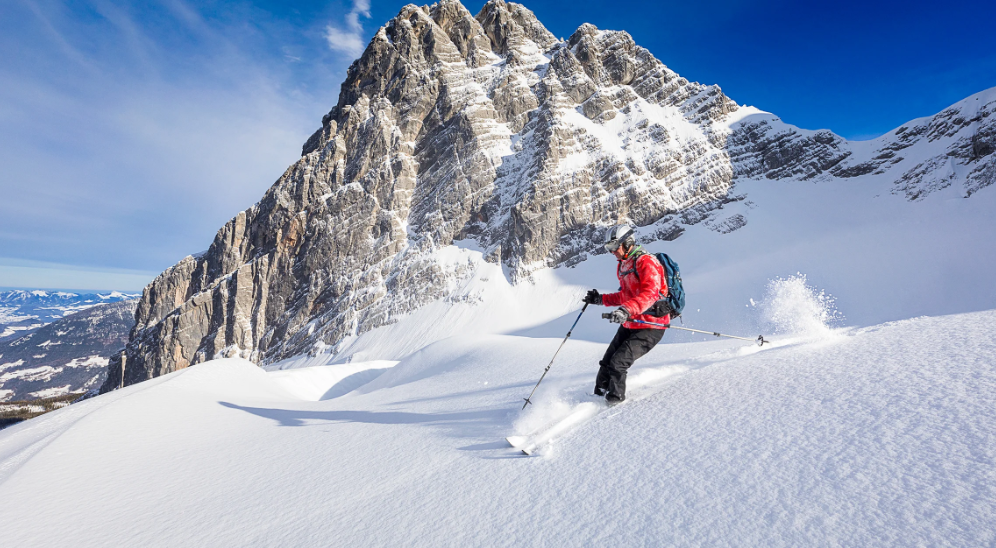Skiing is both a competitive sport and a leisure activity. Long skis, sometimes known as runners, are fastened to specially made boots, which the skier uses to move through the snow. The International Ski Federation and International Olympic Committee recognize various competitive skiing events. Different equipment is needed for skiing, such as helmets, ski goggles, backpacks, etc.
List Of Equipment To Enjoy the Trips
While one is getting ready for their first ski trip, many thoughts go through their head. One is eager to try something new, but they are also anxious and unclear about what to anticipate. Through careful planning, this stress can be significantly reduced.
Ski, Bindings, and Poles
The competent rental staff will help to make informed judgments about the gear rental choices and ensure that the skis and poles are appropriate for beginners.
Additionally, they will assist in adjusting the ski bindings according to a person’s size and skill level.
Boots
Since boots are made to fit one’s feet, rental boots are frequently exceedingly uncomfortable. If it’s their first time, buying one’s footwear is advisable.
Helmet
Safety must always come first, and head injuries should never be taken lightly. One should be able to find a helmet that fits and functions well because there are a variety of helmets one may buy (or rent).
Warm Clothes
Another essential factor is dressing in warm, insulated, wind- and water-resistant clothes. On the mountain, the weather is unpredictable and might suddenly turn chilly and rainy. Wearing weather-resistant apparel will keep the body dry and comfy.
Gloves
Also essential for skiing are insulated gloves or mittens. Waterproof gloves or mittens are necessary because the hands will be frozen all day.
Ski Socks
Keeping the feet dry is just as crucial to enjoying the day as keeping the hands dry. One should bring at least two pairs of ski socks because one never knows when they will need them. The socks should also be made of wool or synthetic materials to keep the feet dry.
How Does Ski Goggles Help?
Ski Goggles help increase one’s vision while battling glare and precipitation. If one rents a helmet at the resort, it may often fit differently. So, one must adjust the goggles accordingly.
Backpack
It is an excellent idea to bring a rucksack loaded with various supplies so that a person is always ready for anything.
One might bring lip balm, sunscreen, scarves, caps, first aid kits, and other little goods.
Critical Weather Conditions
Lower than 0 degrees Celsius temperatures are ideal for skiing. Based on the snow-to-liquid equivalence, wet snow, granular snow, maize snow, and dry snow can be distinguished. Wet snow will not have as many air pockets as dry snow, which makes it lighter with more powder and less wetness.
Essential Tips To Keep In Mind
For beginners, dry snow is simpler to ski because it requires more miniature carving but can make one slower. More giant snowflakes, more moisture, and several melt-and-freeze cycles contribute to wet snow’s crusty surface. While this is acceptable in the morning, the midday sun causes the crust to melt into slush, which can be more difficult for skiers just learning the sport. Build the inner adventurous self by exploring the sport of skiing.
Skiing combines various challenges, varying degrees of risk, and an extraordinary amount of variety. With the help of these elements, the sport can be played by a wide range of people. Other sports rarely offer the same level of enjoyment and satisfaction as skiing.

